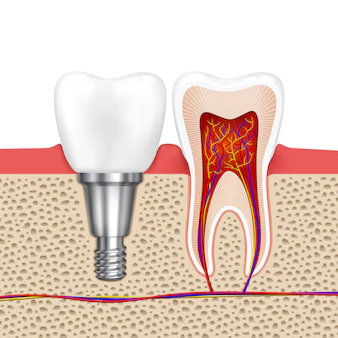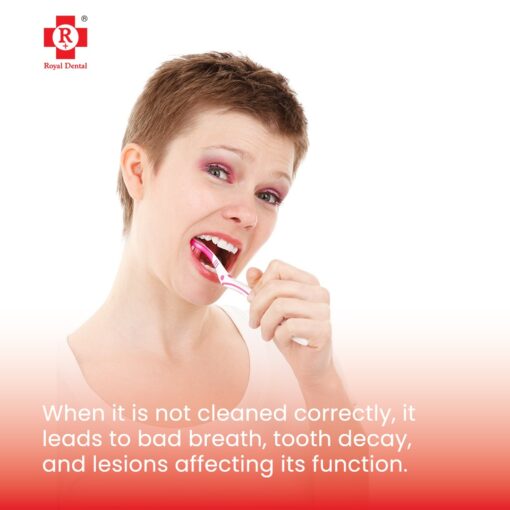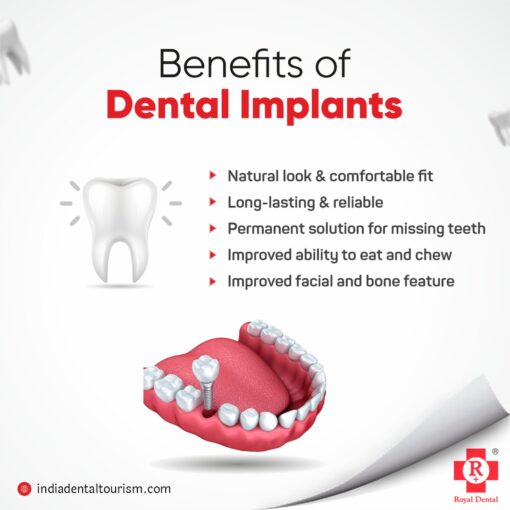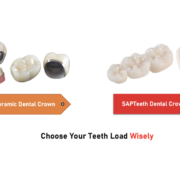Dental implants are a great way to replace missing teeth and avoid the yellow smile that can come with other artificial options such as dentures. However, if you have dental implants, you need to take special care when brushing your teeth. You can’t just use any old toothbrush or brush as you did before getting your implants; the kind of bristles and pressure you use need to be carefully considered. That’s because the surface of implants is much more porous than natural tooth enamel, which means that bacteria and germs can get in there easier. This can lead to problems like infections or other complications. Can you really used advanced electric toothbrush with implants?
The ADA states that the technique of brushing is more important than the tool. Electric tooth brushes may have the potential to remove plaque better but it also has the potential to damage the veneers, crowns and dental implants due to repeated and oscillating movements.

What is a dental implant?
A dental implant is usually made of titanium but can be made of other materials as well. It’s surgically implanted in the jaw underneath the gum line so that it integrates into your bone and teeth naturally and becomes a new root for your missing tooth. These implants can help to reduce your risk of gum and bone diseases like gingivitis, periodontitis, and osteoarthritis by replacing the tissue that would otherwise have been supporting the missing tooth.

Do not use electric toothbrush after dental implants
The biggest issue with using an electric toothbrush with dental implants is that the bristles can be too abrasive, especially if they are too hard or stiff. This can lead to scratches on the implant surface and adverse effects like pain, bleeding, and even infection. These scratches can harbor bacteria and cause a dental implant infection, which can be very dangerous and even fatal in certain cases.
Another problem with using an electric toothbrush with dental implants is that the bristles can push the bacteria and germs closer to the tip of the implant, where they can get stuck in the pores and cause problems. If you’re using a too-powerful electric toothbrush with a very strong bristle type, you can actually push too much bacteria into the pores, which can lead to serious problems.
Benefits of Dental Implants
Improved oral health – Implants are a permanent solution for replacing your missing teeth. This means you won’t have to worry about tooth decay or infections in your gums.
Better speaking – When you don’t have teeth, your speaking ability is drastically reduced. You may also be self-conscious about speaking at all because you know people will notice your missing teeth. With dental implants, your confidence will go through the roof because you don’t have to worry about people noticing your missing teeth anymore.

Improved chewing – When you don’t have teeth, you’re not able to chew food properly. This can cause digestive problems and make you prone to weight gain because you can’t digest food properly. With dental implants, you can chew food the way you did before.
Better overall health – When you don’t have teeth, you’re at a higher risk of developing diabetes, heart disease, and anemia. At the same time, you’ll also experience more pain in your body because you can’t properly chew your food. With implants, you’ll reduce your risk of getting those diseases and experience less pain in your body.
How are dental implants placed?
Before you get dental implants, your dentist will do a comprehensive dental exam and a bone scan to determine whether you’re a good candidate. If you are, they’ll create an impression of your jaw to create a mock-up of what your teeth will look like after the procedure.

Next, you’ll go through a drilling procedure to make room for implants. This is usually done under local anesthesia so you don’t feel any pain. After that, the implants are placed into the jaw bone and allowed to fuse with the bone for around four to six months.
Tips for using an electric toothbrush with implants
Protect your implant: Always hold the electric toothbrush with the tip facing away from your dental implants so that the bristles don’t accidentally scratch them. Time your brushing: Make sure that you spend the recommended two minutes brushing your teeth; this will help to reduce the risk of dental implant infections.
Use the right amount of force. It’s important that you don’t brush your teeth too hard while you are protecting your implant. At the same time, you should be applying some pressure to get the job done right. Be careful with your tongue. Make sure that the tip of the brush doesn’t slip into the back of your throat and accidentally touch your tongue. This can lead to tonsillitis, which is a bacterial infection in your tonsils.
Final Thoughts on Electric Toothbrush
Implants are a great way to restore your smile and your confidence. However, they require special care while cleaning to avoid damage to the implant or dental implant infections. For people with implants, a soft-bristled electric toothbrush is a great choice. Make sure you regularly visit your dentist. Floss regularly, and protect your dental implants with a soft-bristled toothbrush to keep your smile healthy and bright.





